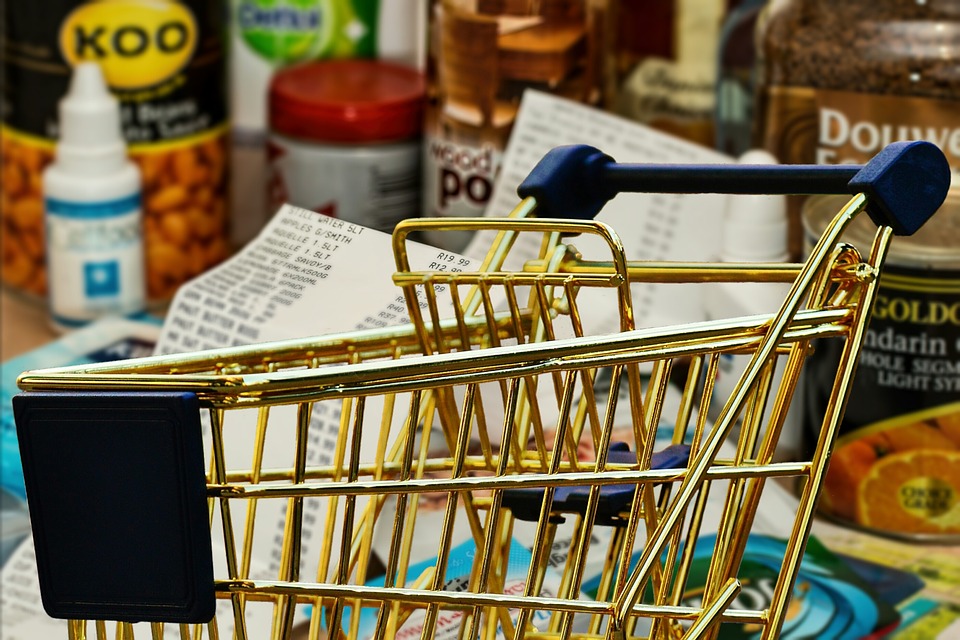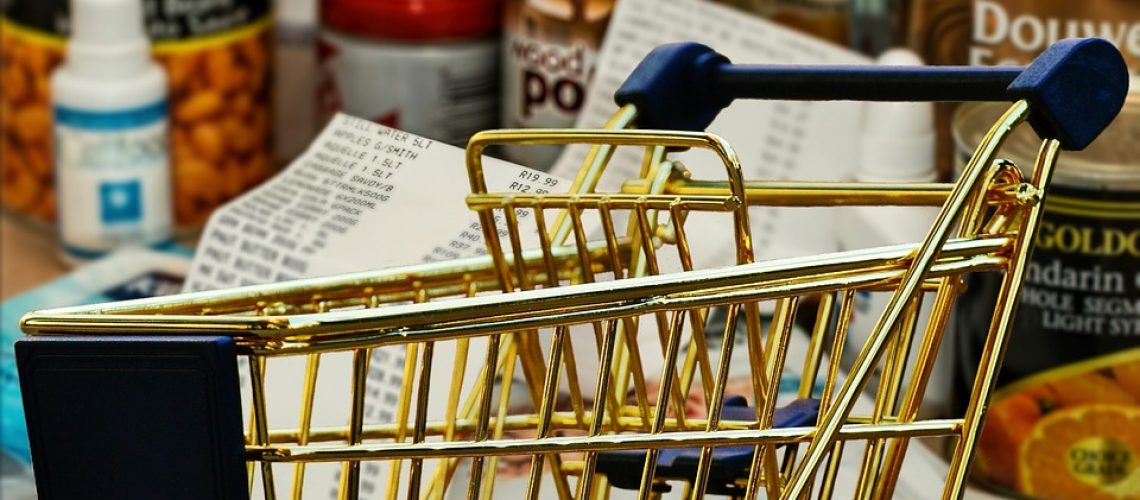It has to be said, when it comes to the act of stocking up on food and other essentials from our local shops, not a great deal seems to have changed since the first branded retailers completely disrupted the grocery market by creating branded stores that allowed customers access to guaranteed quality and pricing and the novelty of selecting branded, pre-packed goods for the first time.

Of course there have always been massive step changes in the retail industry. In the UK, the introduction of rationing during the two World Wars created the requirement for daily (and sometimes twice daily) trips to local shops, along with the possibility of lengthy queuing for limited goods. Increased administration because of coupons and ration books, the requirement for all shoppers to be registered locally, and the need for the housewife (who would have been responsible for the vast majority of the food shopping) to ensure that she maintained a friendly relationship with the shopkeeper for the best chance of the highly sought after ‘off the ration’ items and occasional extras, meant that a personalised and tightly controlled counter-based service became the norm. This model applied everywhere from the smallest village corner shop to the food counters at Harrods of London.
The 1950s saw new prosperity and the widespread adoption of the big name self-service supermarket, where customers browsed through tightly packed aisles (positioned for the retailer’s ultimate convenience rather than theirs), filled their own baskets and carried them to a check out where they paid, often having to pack their own bags as well.
This led to the normalisation of the large ‘weekly shop’, a habit reinforced by the creation in the UK of the large ‘out of town’ supermarkets and hypermarkets, whose more remote locations facilitated the addition of larger car parks and were designed to encourage shoppers to visit less frequently but regularly, to stock up. The superstore would often be part of a larger retail estate or include cafes and entertainments to encourage shoppers to make the journey. This heralded the advent of shopping as a family leisure activity, rather than a necessary daily chore.
As the power of the supermarkets grew, they began to influence consumers in new ways. The next great disruption was the advent of the grocery delivery service. Now the concept of grocery deliveries is by no means new, as traders had been calling to back doors and sending junior staff out with deliveries for decades, but this was often on a daily or regular basis for small orders. The new supermarket transport, logistics and warehousing systems made it easy for them to offer bulk grocery and household goods delivery via internet shopping.
British shoppers embraced this model. Further threats to the traditional large supermarket shop came again from the retailers themselves, as they invested heavily in smaller convenience stores. Shoppers now had the option of the enormous variety of goods and ease of delivery available via the internet (thanks to numerous startups this area is only accelerating), including new and powerful competition from global powerhouses like Amazon, as well as a wider variety of local shops for impulse purchases and the new European discount retailers like Aldi and Lidl.
To date, this has created a sea change in shopping habits, as sales are now split between the traditional ‘big shop’ (whether by car or internet delivery service), the desire for bargains and an awareness of competitive pricing which necessitates a separate trip to a discount retailer for certain items and regular smaller ‘top up’ shops at local convenience stores.
And the future? Robots are already picking and packing groceries for delivery in automated warehouses. Self driving delivery vehicles and drone deliveries are being trialled. New breakthroughs in machine learning and AI technologies mean that the grocery convenience store will still exist, but it will allow us access according to facial recognition cameras, track us through the shop and take note of the items we select, and bill us automatically via mobile banking as we leave the store. It will of course be designed to keep as much information as possible about the way we browse and the articles we purchase, with this data being used to tailor the shopping experience for our next visit, and remind us when we’re due to return.
